incl. VAT plus shipping costs
Immediate delivery, express possible ![]()
More than 20 Articles in stock
Delivery only innh. Germany and Austria possible.
Switch to the German store
-10% EXTRA-RABATT
auf Deinen gesamten Warenkorb!!
- Item no: 8132
Fast delivery times
All products are in stock with us!14 years of breeding experience
Let our team of experts advise you!High customer satisfaction
from over 3,000 reviews "| Water values: | soft to medium hard |
| Aquarium size: | 600 l (approx. 180cm) |
| Temperature: | 25-30 °C |
| Feature: | becomes particularly large |
| with large crabs?: | Yes |
| Behavior: | Active |
| Fish group: | Barbs |
| Difficulty: | 4 - Special |
| Planting possible?: | conditional* (see description) |
| Final size: | > 12cm |
| Origin: | Asia |
| Visual effect: | Swarm behavior |
| with snails/shells?: | Yes |
| with fish?: | conditional* (see description) |
| Breeding: | heavy |
| with dwarf crabs?: | No |
| with shrimps?: | Socialization not possible |
| Pelvic region: | Center |
| with crabs?: | No |
Not only their very sporty and streamlined appearance have earned the shark barb many fans. The fish, also known as Balantiocheilus melanopterus in the trade, originates from Indonesia, Thailand but also Cambodia and requires a rather larger aquarium, even if it is commonly practiced otherwise. Nevertheless it is a rather easy keeper, which provides action in addition.
Shark barbs can reach 40 cm and are therefore quite large. On their slightly high-backed gray body is a slightly downward curved lateral line, their fins are pronounced, especially their caudal fin resembles that of a shark. All fins except the pectoral fins are black and white in color. The sexes can be distinguished externally only with difficulty. We have no reports of offspring at this time.
Since the Shark Crab not only has a quite dynamic body, but can also be very athletic, an aquarium of at least 500 liters is recommended, rather even more, because it tends to fast sprints and thus reaches the opposite aquarium pane very quickly. It is also an excellent jumper, which is why its aquarium must always be very well covered, so that the great shark barbs do not accidentally jump out along the pane. As a substrate a medium gravel with sandy areas is suitable for digging but also smaller stone structures and Roots for hiding. Because of their behavior to rummage the substrate for food, a sufficiently dimensioned filter should be installed, which maintains the water hygiene, but also brings current and thus a lot of oxygen into the water. With a total hardness of approx. 5°dGH, a pH value between 6-8 and temperatures of 22-27 °C they can be maintained well.
Within species, it is recommended to keep them with several animals, as the Shark Barb is an extremely sociable group fish. Please keep these wonderful animals with at least 6 conspecifics so that they do not care! In addition, they can be prima with Loachesbut also Cichlids socialize, both you will find in our store! However, from invertebrates and crayfish should rather be refrained.
Balantiocheilus melanopterus is an omnivorous eating barb, which can be fed in the aquarium uncomplicated with conventional dry food such as flake food, but also food pellets or granulated food for omnivorous ornamental fish. Occasionally they will also tug at over-broiled vegetables such as cucumber, peppers or squash. With Live- and Frozen food such as artemia, enchytraea, mosquito larvae or cyclops, the barbs can be prima spoiled.
Our food recommendation: The NatureHolic Catfish Feed for all growth-eating ornamental fish in the aquarium is a balanced tablet food, which does not cloud the water and which the fish like to eat. The catfish tablets also contain NatureHolic active ingredient complexes, which provide Garra rufa with everything they need for a strong immune system, healthy growth and great, contrasting coloration. As snack, supplementary food or vacation food we recommend the CatfishPlates, as variety for every day the popular NatureHolic Main Feed for omnivorous aquarium fish.
Our plant recommendation: Use for planting NatureHolic InVitros. These are free of snails, planarians and other unwanted co-inhabitants. Also free of algae spores, bacteria and fungi.
Expert Tip: We recommend for fish keeping the NatureHolic 3 Phase Liquid. The care set offers the best all-round protection for your animals. It ensures optimal conditions for successful breeding and keeping.
| Scientific name: | Balantiocheilos melanopterus |
| German name: | Shark Cormorant |
| Difficulty level: | advanced |
| Origin/Distribution: | Asia |
| Appearance: | Silver base color, black and white fins |
| Age expectancy | 4-6 years |
| Water parameters: | GH 2 to 5, pH 6 to 8, temperature 22 to 27 °C |
| Tank size: | 200 cm and up, at least 500 liters |
| Food | Omnivorous: dry food, flake food, granules, but also additional live and frozen food such as artemia, daphnia, enchytraea, cyclops and others |
| Breeding | difficult |
| Behavior | peaceful, but skittish |
| Group size | 6 and up |
| Additional information | Ten typical aquarium fish for beginners and alternatives to them, Tips for acclimating fish to the aquarium, Feeding aquarium fish properly - cheap food and what it can do |
- Item no: 8132
- EAN No.: 7427066472214
Entdecke die Garnelio Welt!
Garnelio gehört zu den größten Onlineshops für wirbellose Aquarientiere weltweit.
Viele Artikel gibt es exklusiv nur bei uns im Shop.

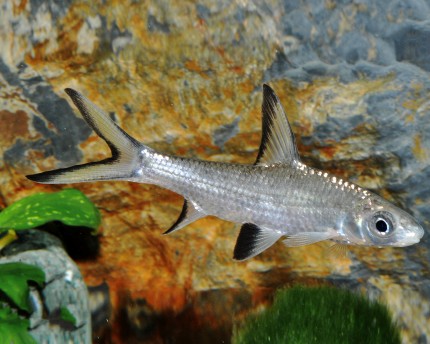


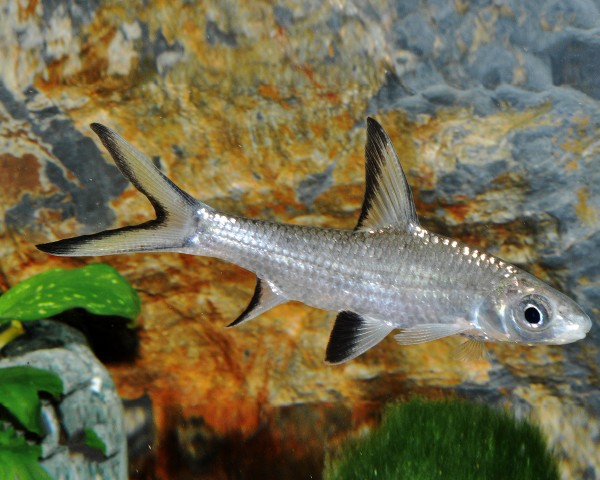


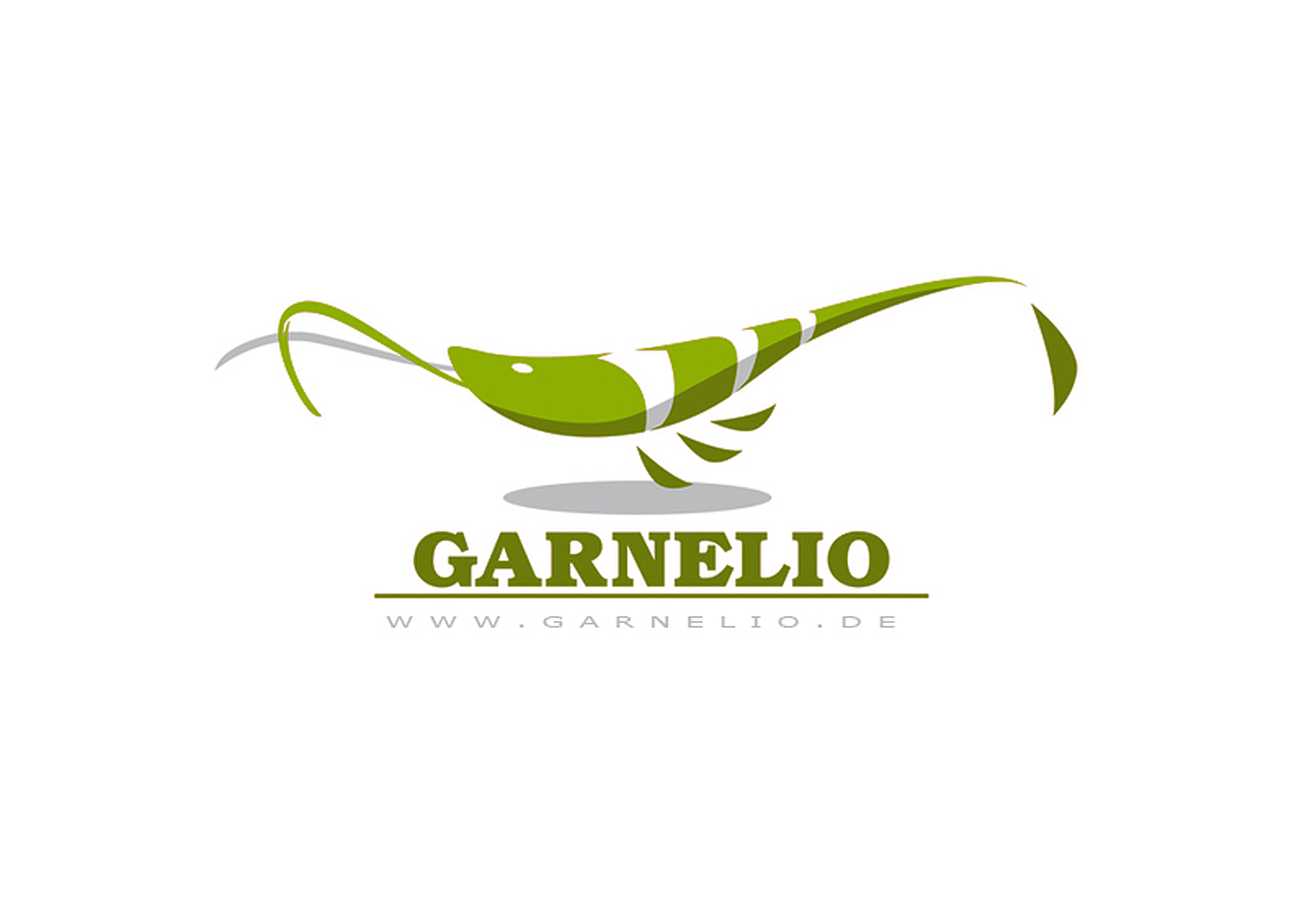
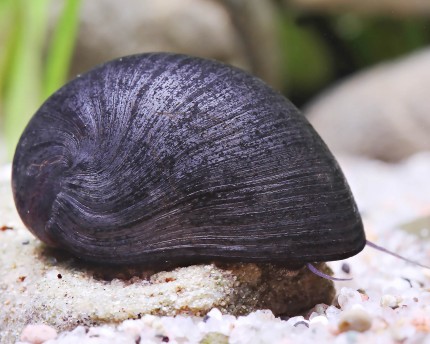
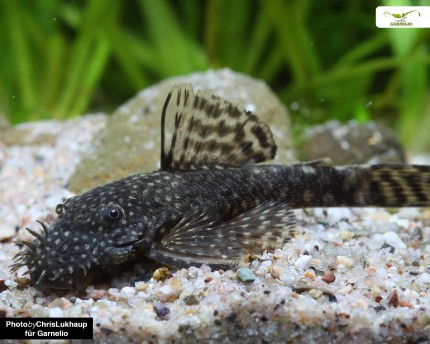

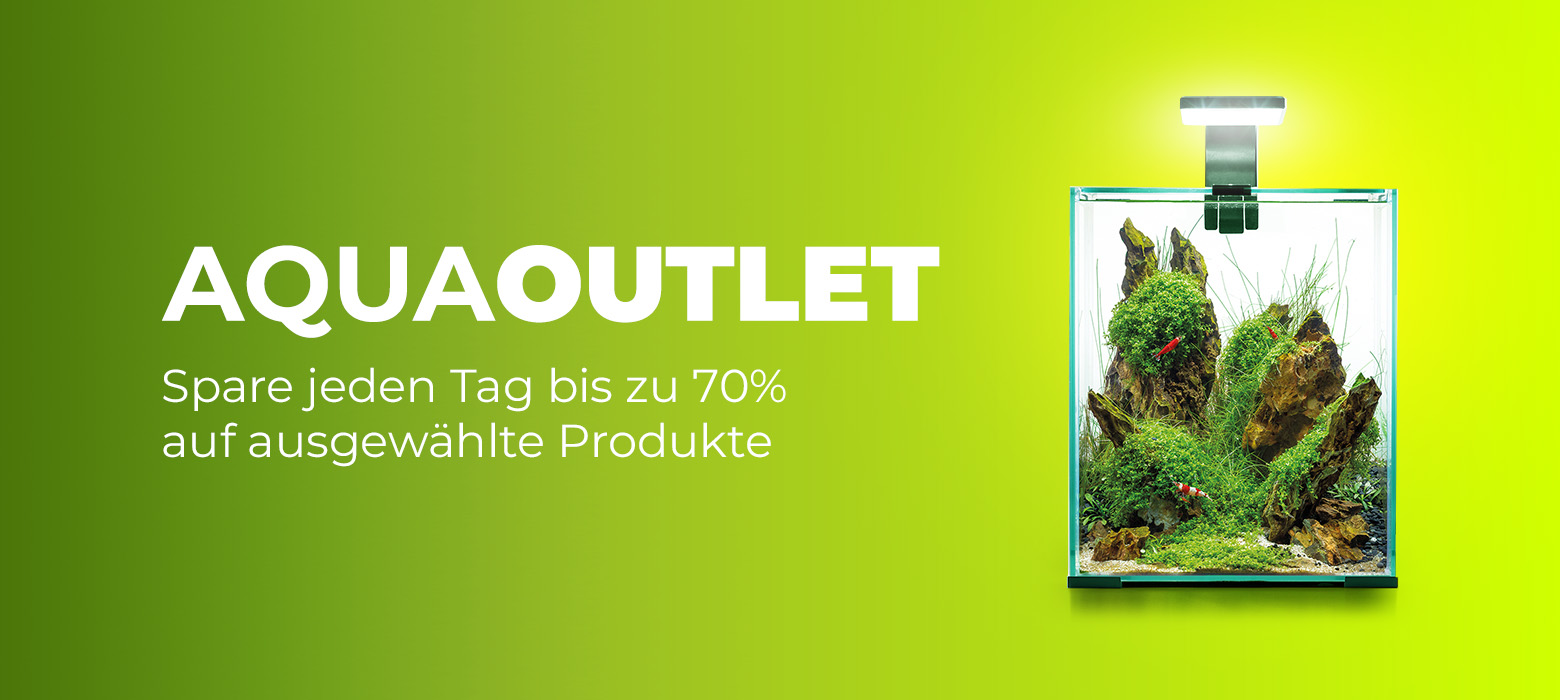
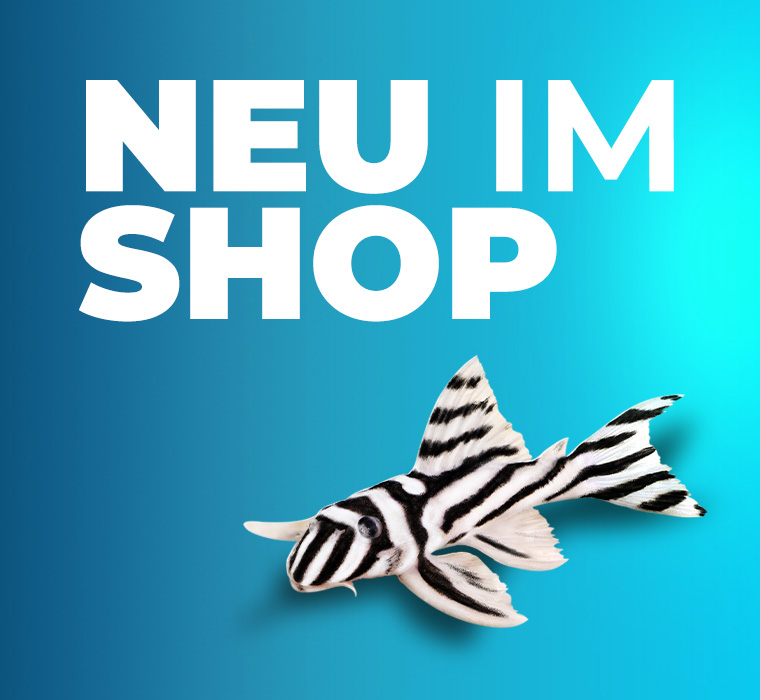
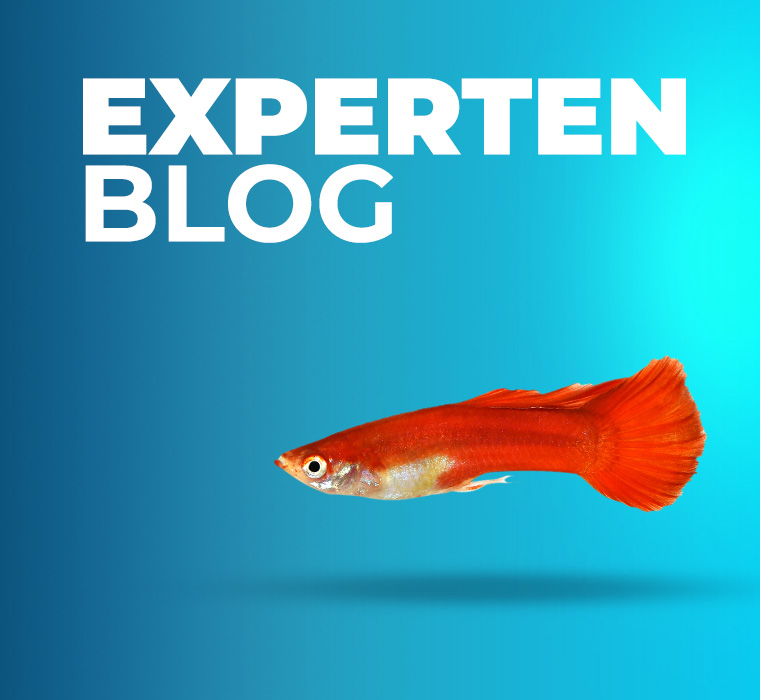

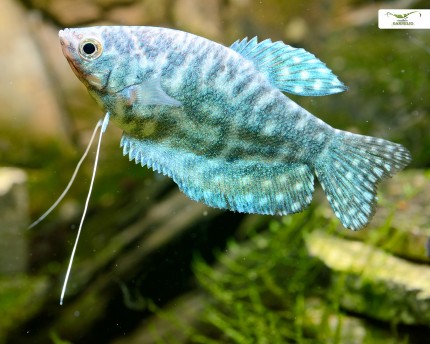
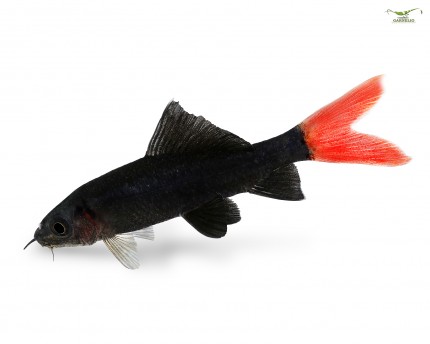
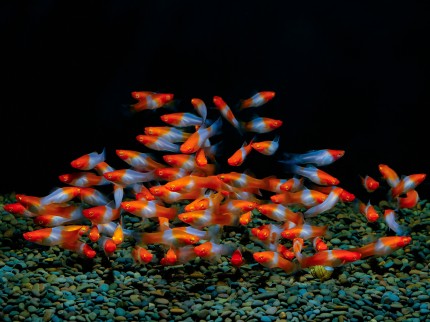
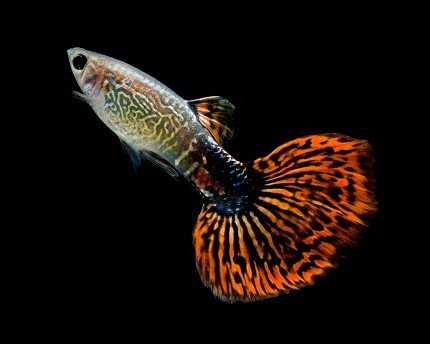
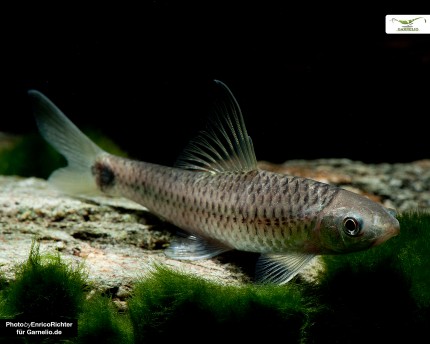
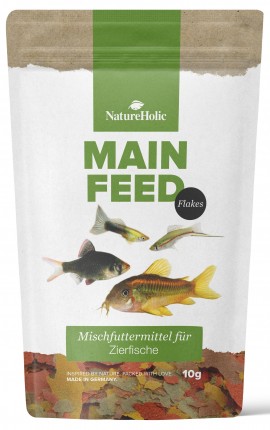
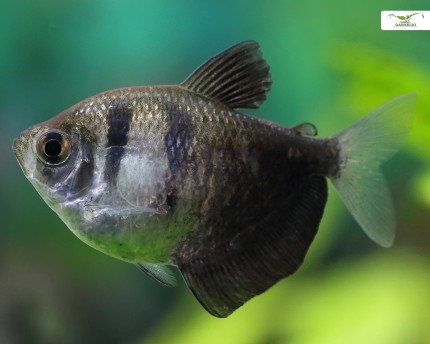
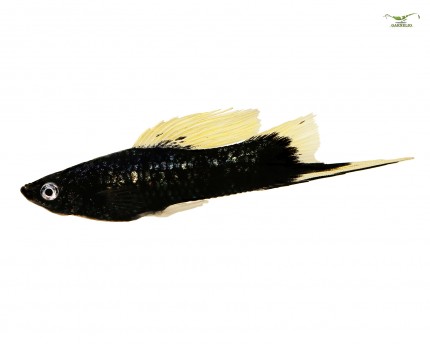
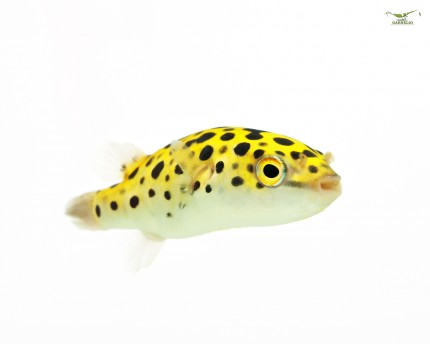
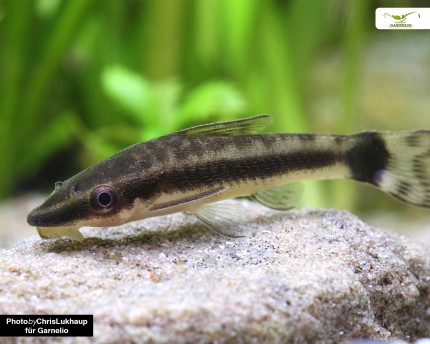
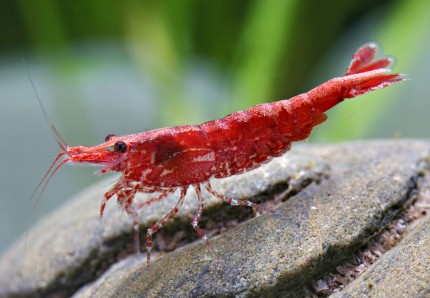
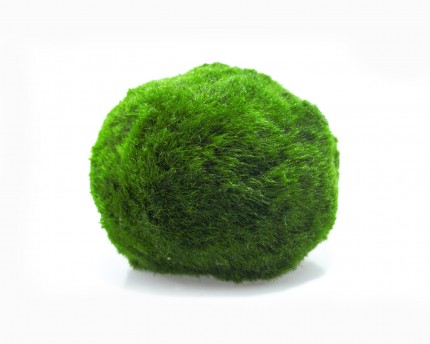
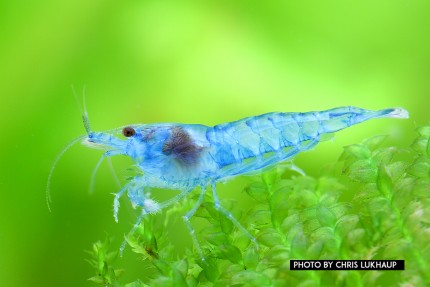
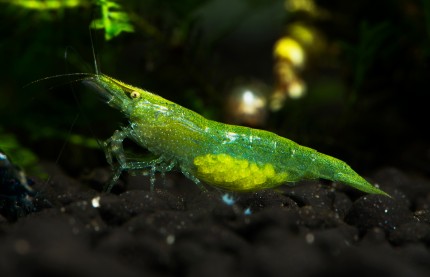
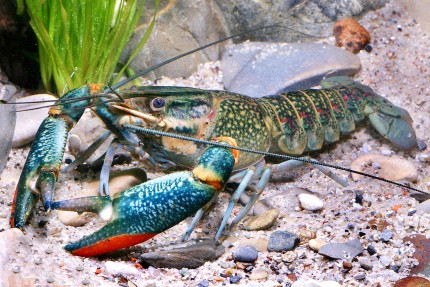
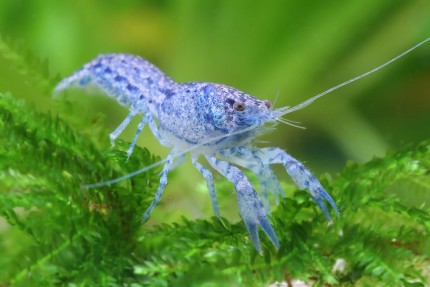
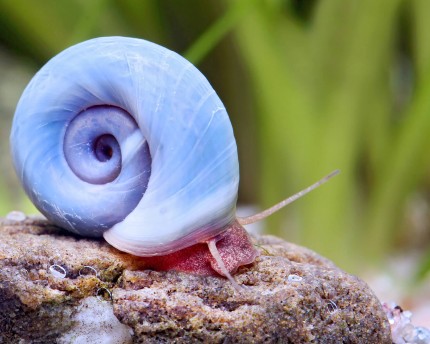
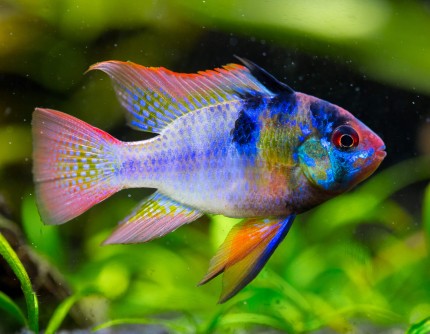
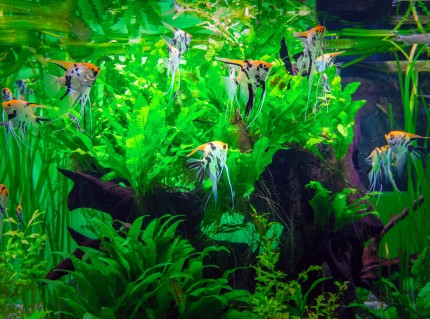
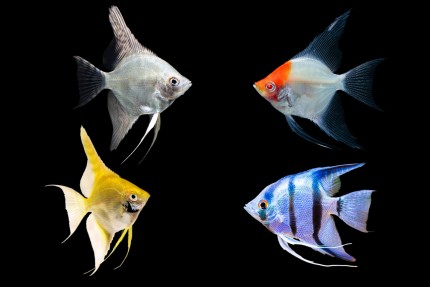
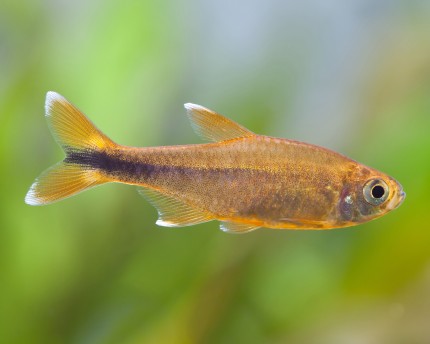
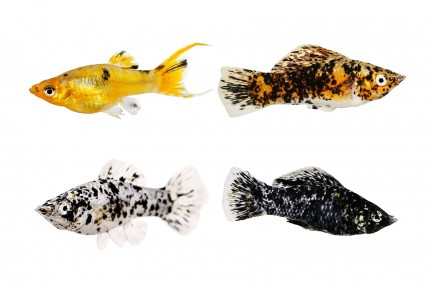
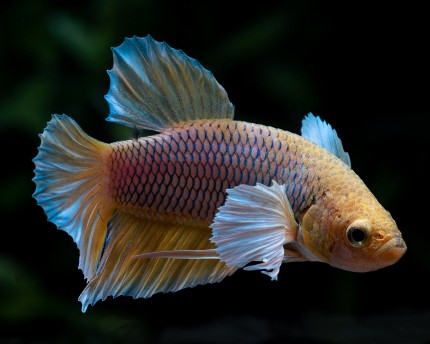
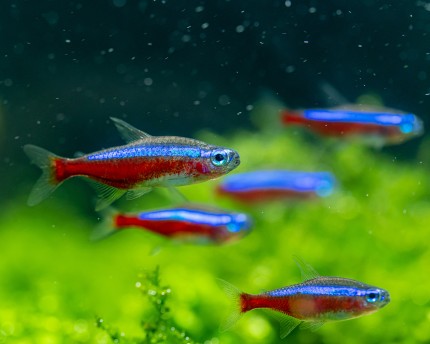
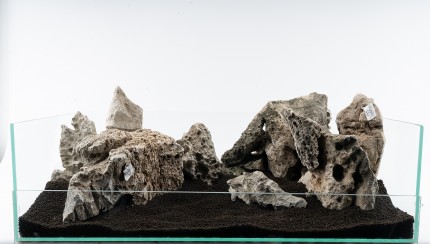
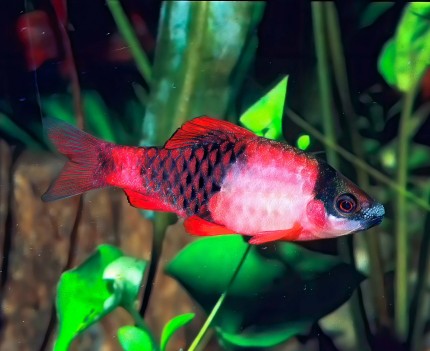
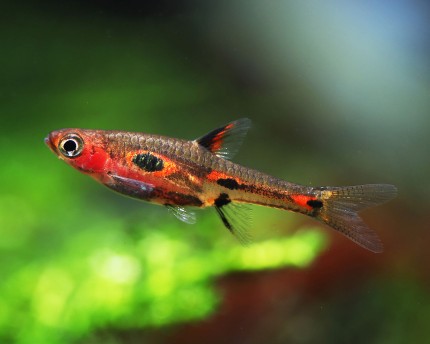
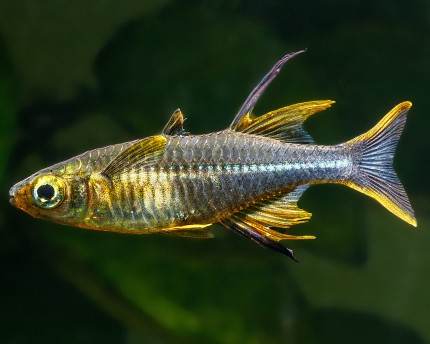
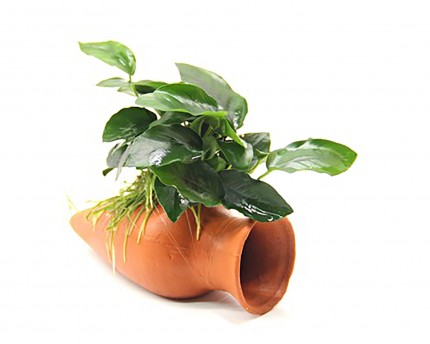
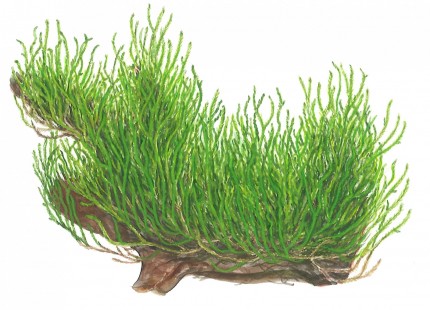
The fields marked with * are required.
I have taken note of the privacy policy.